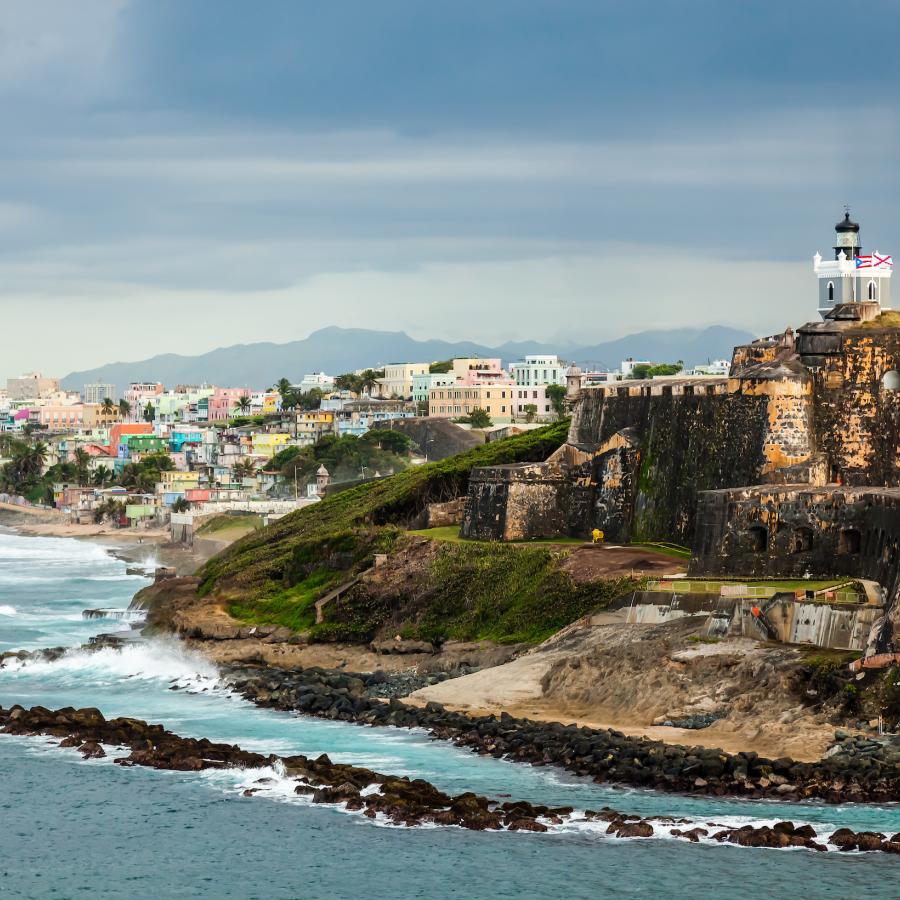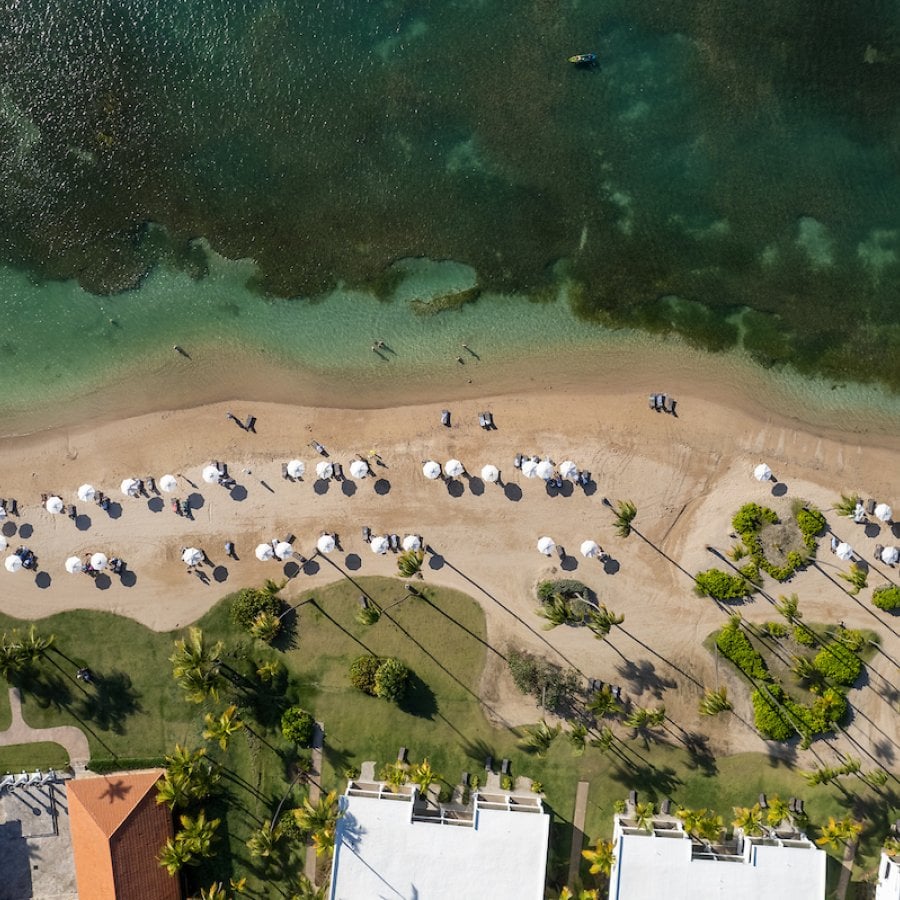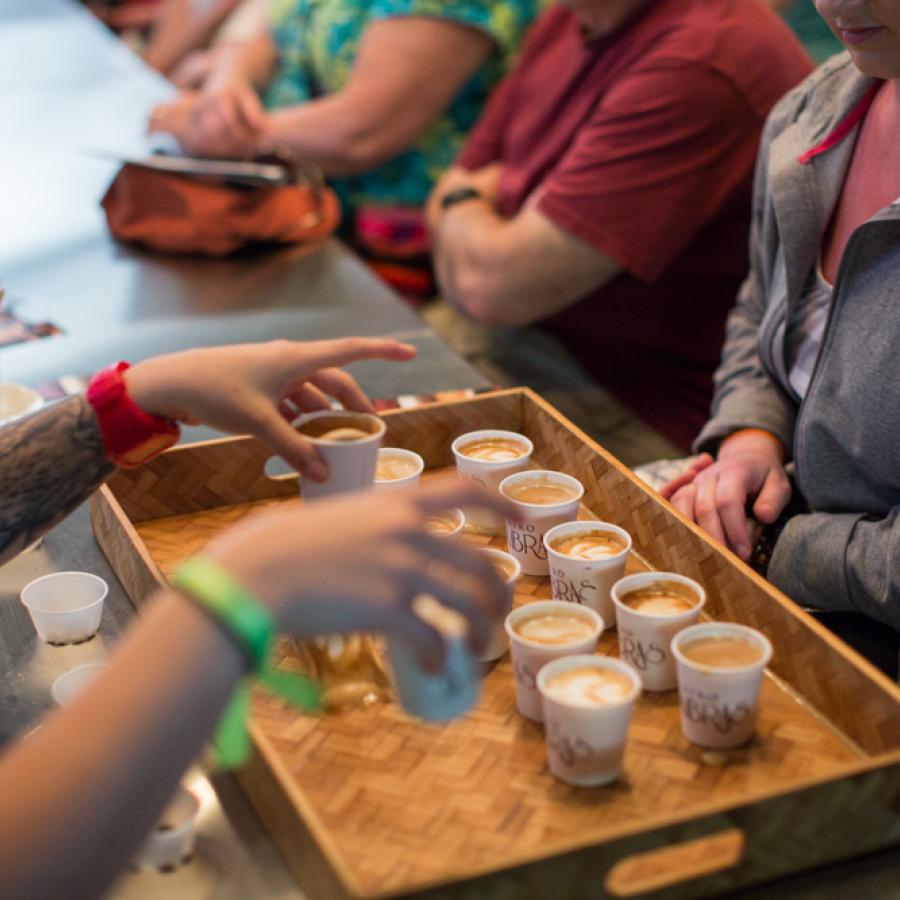Puerto Rican cinema has been a major creative outlet through which filmmakers celebrate national identity, advocate for social issues, and preserve the Island’s unique culture. From its humble beginnings to today, Boricua filmmakers, actors, and producers have used their skills and artistic vision to weave narratives and tell stories that reflect the Island’s experience. Their work has inspired countless Puerto Ricans to take pride in their cultural heritage and embrace their shared history.
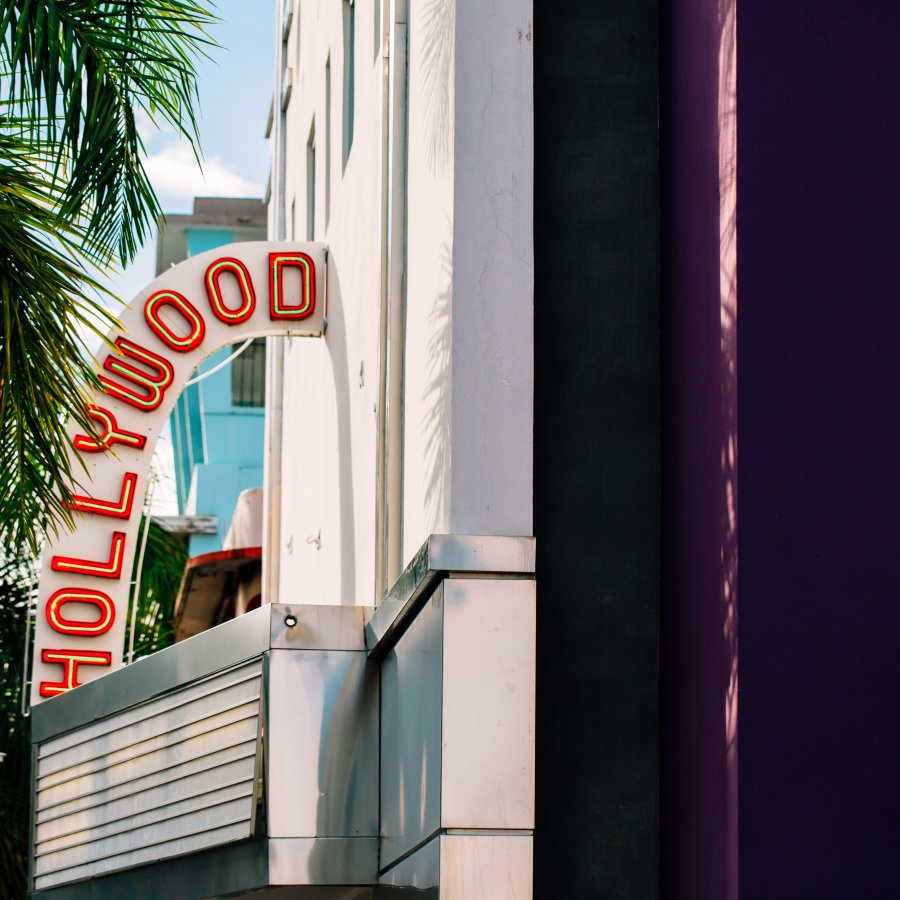
Just steps from Coamo's main square, the early 20th-century Hollywood Theatre, showcases a mix of commercial, Latin-American, and European movies.
Old San Juan offers timeless charm and a vibrant atmosphere for filming.
Filming in Puerto Rico provides stunning landscapes, historic buildings, and vibrant culture for captivating productions.
With its countless stunning beaches, Puerto Rico has been the backdrop for many famous movies.
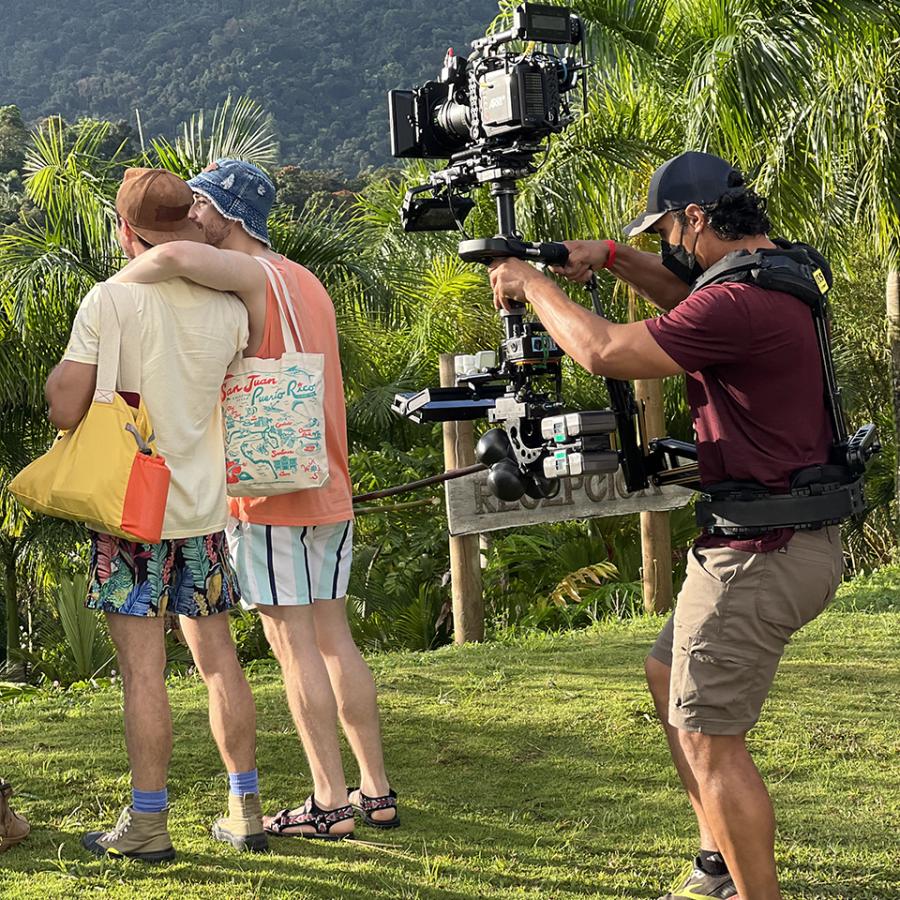
Puerto Rico is an ideal filming location, offering a variety of outdoor settings.
Capturing delicious moments in the kitchen for the Live Boricua 3.0 campaign.

The Live Boricua campaign was filmed in various locations around the island, including Loíza.
From Humble Beginnings: Early Puerto Rican Cinema
Filmmaking in Puerto Rico dates to the early 20th century when filmmakers began experimenting with the medium. Innovators like Julio Bracho, Juan Emilio Viguié Cajas, and Leopoldo Torre Nilsson jump-started cinema in Puerto Rico — their works were pioneering it on the Island and the world stage. Viguié Cajas’ 1934 film, “Romance Tropical,” was not only one of the first movies filmed in Puerto Rico, but it also is the second feature-length Spanish-speaking film ever made. While these artistic vanguards continued their efforts to create films, the lack of funds made it very difficult to continue their work. That’s where the Puerto Rican Division of Community Education stepped in.
One of the most significant developments during this time was the establishment of the “División de Educación de la Comunidad” (Community Education Division,) known by its acronym, DIVEDCO, in 1949. This government-funded program aimed to use various media, including film, to educate and empower rural communities across Puerto Rico. It offered funds and an avenue for young Puerto Rican artists to obtain the education they needed to further their craft.
Filmmakers like Antonio Pietrantoni and Nelson Rockefeller collaborated with local talent to produce a series of documentaries and shorts that celebrated the Island's culture and heritage while addressing pressing social issues. Throughout its time, DIVEDCO produced many films, helping preserve the culture and improving literacy and education throughout the Island.
While DIVEDCO was the nexus of filmmaking throughout the 1950s and 196os, they weren’t the only ones. Over 60 foreign projects were filmed in Puerto Rico during the end of the Hollywood Golden Age, as were local filmmaking companies like the now-defunct Producciones Borinquen (PROBO Films) and other independent Puerto Rican filmmakers. These individuals' efforts set the stage for the next generation of Boricua filmmakers, who took the Island’s cinematic production to the next level.

The future of filmmaking in Puerto Rico shines with innovation and stunning locations.
Elevating Puerto Rican Cinema: The 1970s and 1980s
The 1970s and 1980s marked a period of transition as filmmakers began to explore new narrative styles and themes. This era gave way to bigger local productions, with filmmakers like Jacobo Morales, the team at Sandino Filmes, and Tony Martínez elevating the art. Jacobo Morales, in particular, rose to become one of the leaders of Puerto Rican cinema, still participating in the Island’s artistic scene.
Morales is known for his socially conscious films that explore the Island's cultural identity and political struggles. While he’s had a long and illustrious career, his 1989 film, "Lo que le pasó a Santiago'' (What Happened to Santiago), is his crowning jewel. One of the only Puerto Rican films to be nominated for an Oscar, it’s now become a classic of Puerto Rican cinema. Another important figure to gain success during this era is the actor Raúl Juliá. He appeared in films like "Kiss of the Spider Woman," "The Addams Family," and many others, and was a passionate advocate for Puerto Rican issues and social justice. Juliá used his influence as a Hollywood actor to draw attention to the issues facing Puerto Rico.
Learn more about famous Puerto Rican actors and directors
This was also an amazing era for local TV productions, with unforgettable classics like “Entrando por la cocina” and “Los Garcia,” spearheaded by TV titan Tommy Muñiz. Most TV shows filmed in Puerto Rico showcased local celebrities and were heavily centered around the average Puerto Rican family, offering a snapshot of the culture during those decades.
Despite DIVEDCO's initial contributions, their productions slowed down during the 80s, with the agency finally closing in 1989. This closure marked a period of struggle for Puerto Rican cinema — even with the help of filmmakers like Morales and Juliá, the Puerto Rican film industry struggled to gain footing in the global market. While the 1990s saw similar struggles, the 2000s saw a revitalization of filmmaking on the Island.
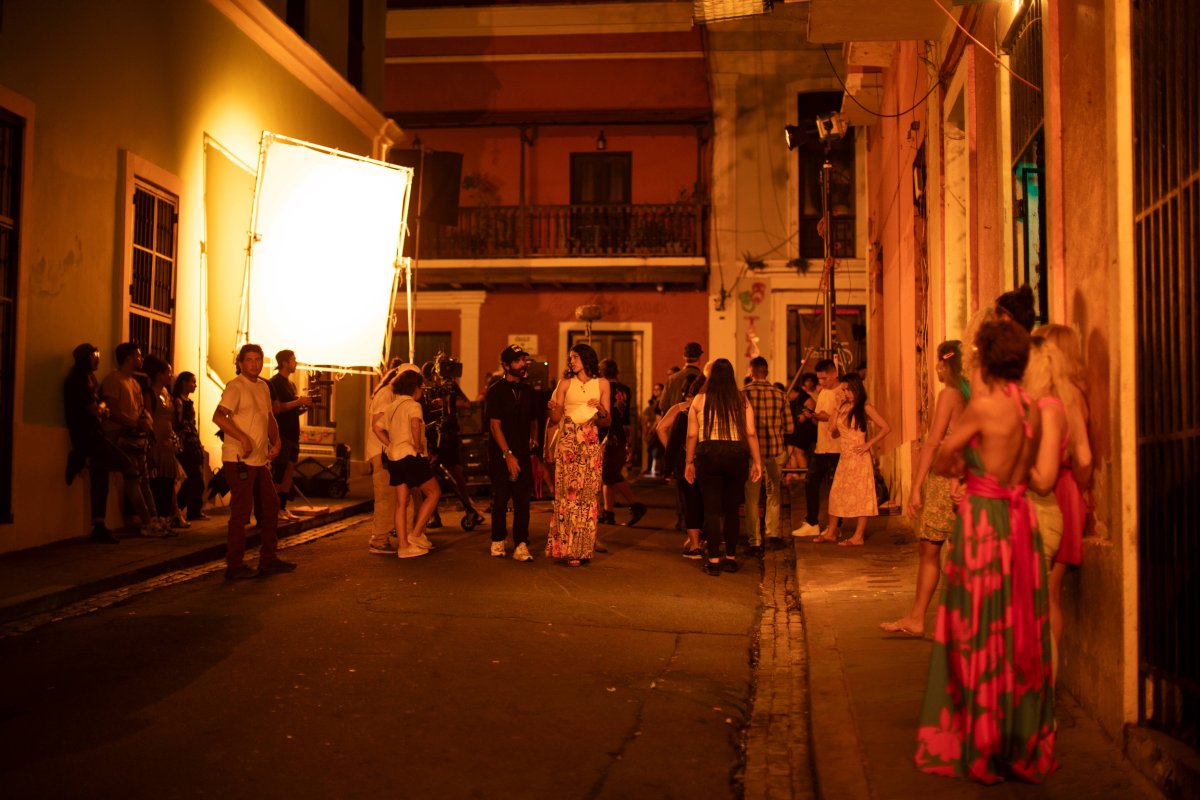
Old San Juan is a popular filming location that brings old-world charm to the screen.
The 1990s and the New Millenium: Contemporary Puerto Rican Cinema
Filmmaking during the early 90s was inconsistent, with a few sparse productions, like Paramount Pictures' “A Show of Force” featuring Amy Irving, Robert Duvall, Andy García, and Kevin Spacey, as well as prominent scenes featured in “Contact” and “Amistad.” One of the most significant local films of this period is "La Guagua Aérea" (1993), directed by Luis Molina Casanova. The film follows the journey of a group of Puerto Ricans living in New York City as they return to the Island for a visit, exploring themes of identity, immigration, and cultural dislocation.
The tides began shifting in the 2000s with a renewed interest in foreign and local productions. This decade saw local films like “Maldeamores” and “Talento de Barrio” receive critical and commercial success, respectively. Other films to receive critical acclaim were “12 Horas,” “Cayo,” and “Angel.” Not only did Hollywood and local productions take off, but foreign TV shows also started to begin production on the Island. Movies filmed in Puerto Rico like “Bad Boys II,” “Dirty Dancing: Havana Nights,” “The Rum Diary,” “The Losers,” “The Men Who Stare at Goats,” and “Feel the Noise,” in addition to TV series like “The Amazing Race 7” and “Girls v. Boys.” Local TV productions continued to gain momentum, with series like “El Condominio,” “Atencion Atencion,” “Minga y Petrarca,” and “Con Lo Que Cuenta Este País,” elevating the art and becoming household icons in Puerto Rican pop culture.
The renewed enthusiasm for filmmaking has carried on into the 2010s, bringing even more high-profile productions to the Island, as well as a boom in local filmmaking as well.
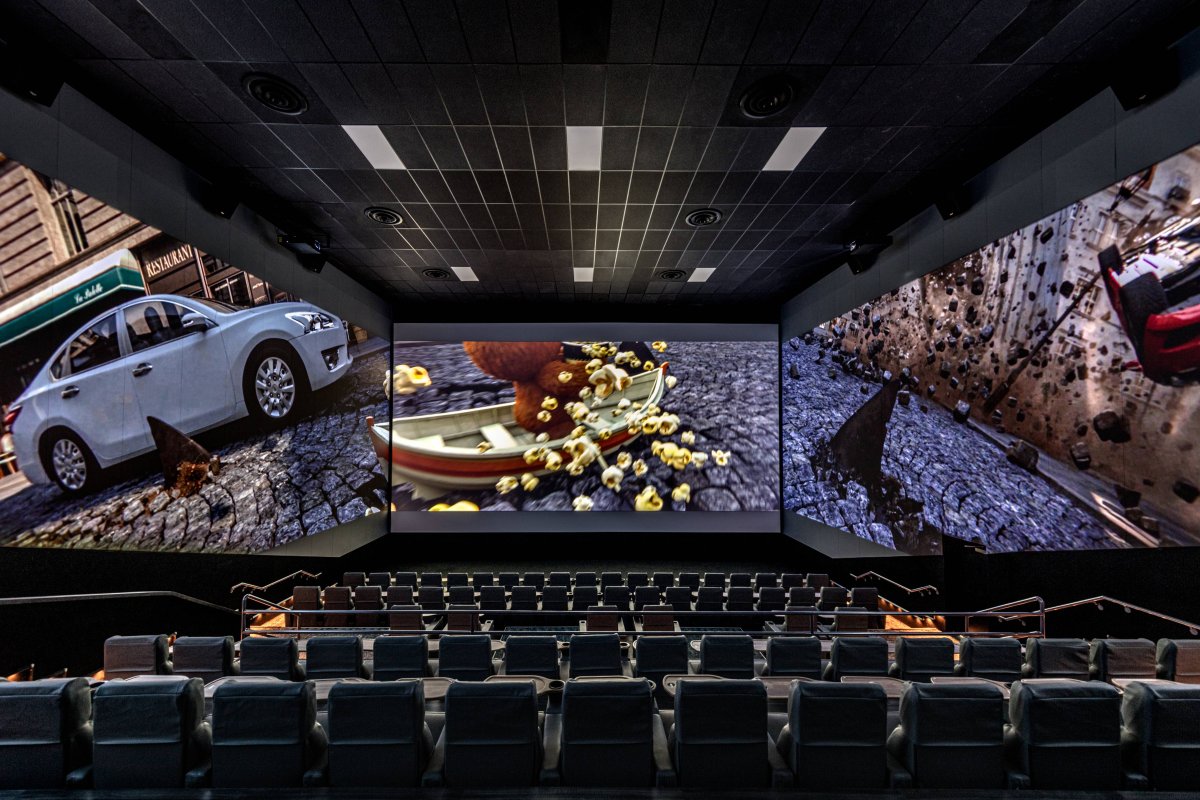
At Distrito T-Mobile, you'll find the first ScreenX Theater in the Caribbean, featuring 270-degree panoramic views that immerse you in the film.
Looking to the Future of Puerto Rican Filmmaking: The 2010s and Beyond
Today, Puerto Rican cinema continues to evolve, with a new generation of filmmakers carrying the torch forward. Directors like Eduardo 'Transfor' Ortiz, Andres Ramírez Molina, Raúl García, and Benjamin 'Benji' López have seen continued commercial success with local productions on the Island with hit series like Ortiz’s “Que Despelote”, López’s “Mi Verano con Amanda.” and García’s “Kings of Salsa” and “Una Boda en Castañer.
The 2010s have also brought many Hollywood productions to the Island, like “Blue Bettle” by Puerto Rican director Angel Manuel Soto, “Black Panther: Wakanda Forever,” “Fast Five,” “Pirates of the Caribbean: On Stranger Tides,” and “22 Jump Street,” to name a few. Additionally, the number of TV shows filmed in Puerto Rico increased, with series like “The Resort,” “Agents of S.H.I.E.L.D.,” and “Our Flag Means Death” either having been filmed on the Island or used Puerto Rico as inspiration for the sets.
Learn about movies filmed in Puerto Rico
The legacy of key filmmakers and actors, as well as the now-defunct DIVEDCO program, is a testament to the power of cinema to promote social change and cultural preservation. The future of Puerto Rican cinema looks promising, and we can expect to see many more engaging and thought-provoking films that explore the Island's rich cultural heritage and contemporary issues.
Comment Guidelines
We value your thoughts and want to foster a respectful and engaged community. As such, we ask that you adhere to the following guidelines when posting comments
- Please ensure your opinions are expressed respectfully.
- We won’t remove comments that engage in courteous debate but hate speech or any form of profanity will not be tolerated. This also applies to the inappropriate use of emojis or hashtags.
- Do not downvote or dislike a comment simply because you disagree with another person’s views.
- Self-promotion and external links are not allowed and will be removed.
- Avoid sharing private information about yourself or others. Doxing (the act of leaking personal information with harmful intent) is strictly prohibited and will result in a ban.
- Comments that are off-topic will be deleted.

